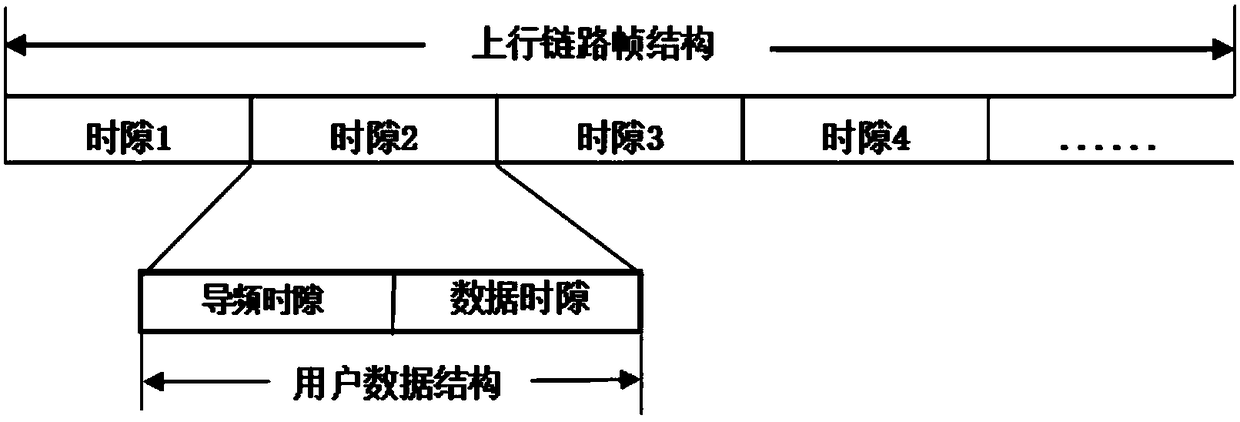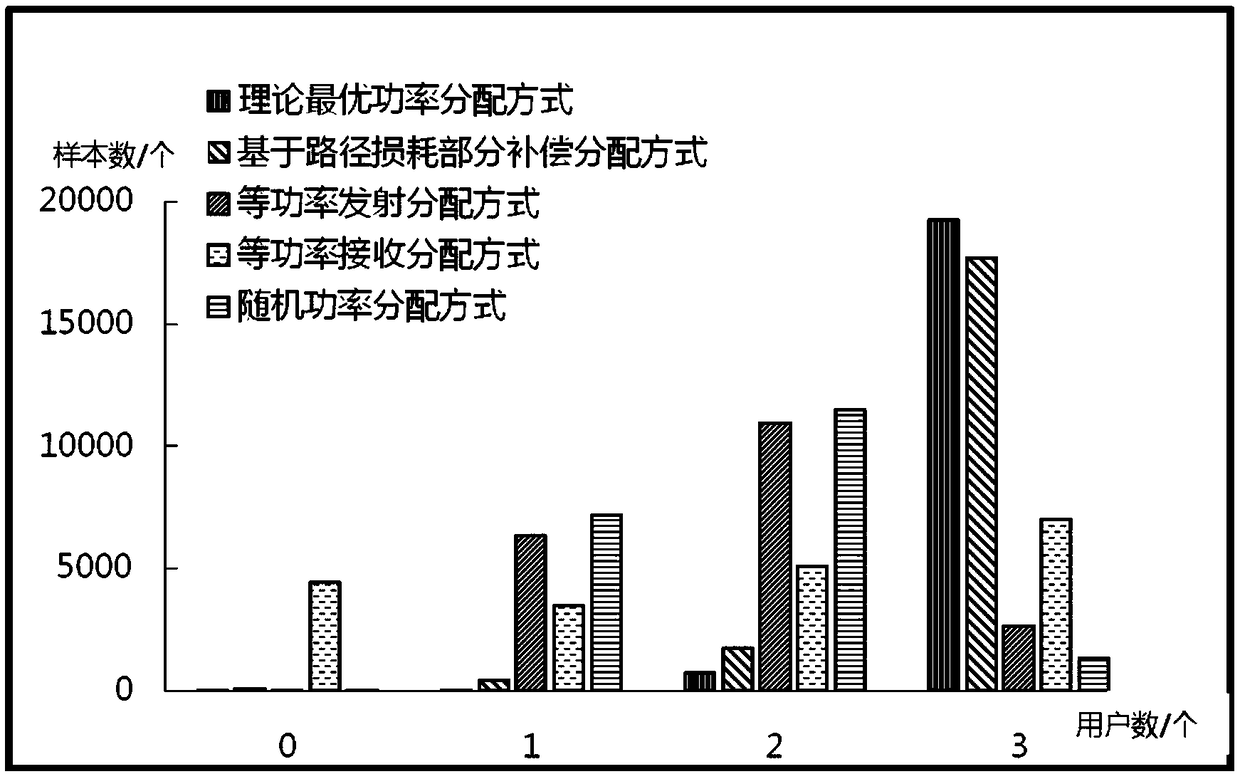Non-orthogonal multiple access method based on large-scale MIMO
A technology of non-orthogonal multiple access and access method, which is applied in the field of non-orthogonal multiple access based on massive MIMO, and can solve the limitations of the orthogonal multiple access scheme, lack of solutions, and many time-frequency resources, etc. question
- Summary
- Abstract
- Description
- Claims
- Application Information
AI Technical Summary
Problems solved by technology
Method used
Image
Examples
Embodiment Construction
[0097] The following is attached Figure 1-4 The present invention is described in further detail.
[0098] 1. System model:
[0099]The present invention considers a wireless communication scenario using massive MIMO technology. Assuming that the base station is equipped with M antennas, the index of the antenna is represented by m, and m=1,2,...,M. In the cell served by the base station, K single-antenna users share a certain pilot sequence and transmit their respective uplink data. The index of the user is represented by k, and k=1,2,...,K. The uplink transmit power of user k is p k , which indicates the transmit power used for pilot or data transmission, depending on the situation. The uplink channel gain corresponding to user k is denoted as where β k is the path loss coefficient, h k is the small-scale fading channel of user k. h k =[h k,1 ,h k,2 ,..., h k,M ] T Contains M independent and identically distributed components, [.] T Represents the transpose o...
PUM
 Login to View More
Login to View More Abstract
Description
Claims
Application Information
 Login to View More
Login to View More - R&D
- Intellectual Property
- Life Sciences
- Materials
- Tech Scout
- Unparalleled Data Quality
- Higher Quality Content
- 60% Fewer Hallucinations
Browse by: Latest US Patents, China's latest patents, Technical Efficacy Thesaurus, Application Domain, Technology Topic, Popular Technical Reports.
© 2025 PatSnap. All rights reserved.Legal|Privacy policy|Modern Slavery Act Transparency Statement|Sitemap|About US| Contact US: help@patsnap.com



